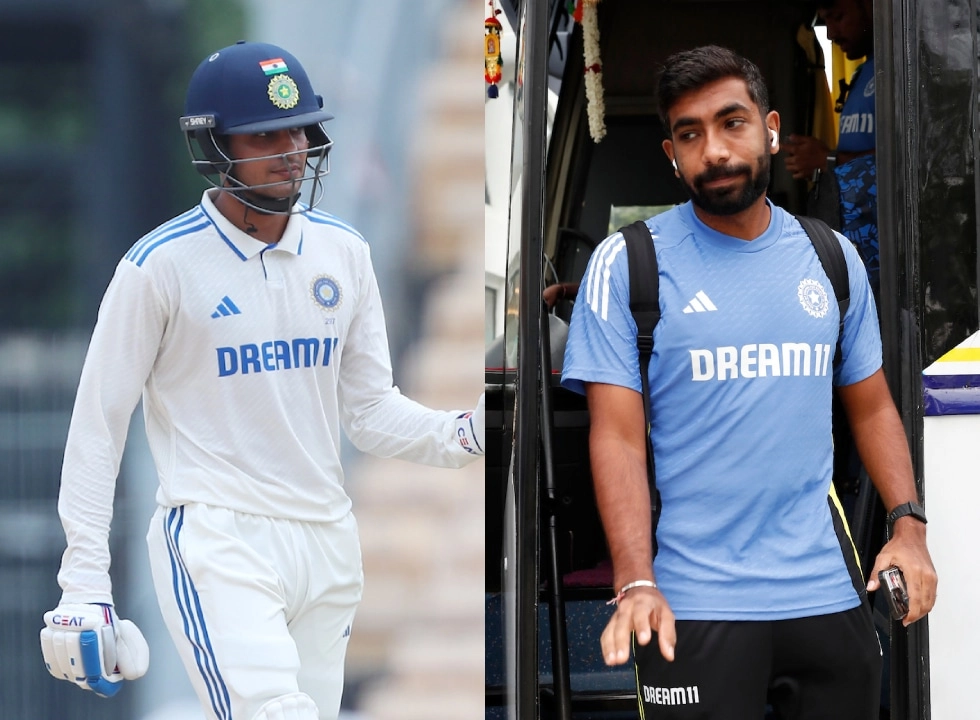Jasprit Bumrah, the once-captivating figure in Indian cricket, has recently faced a significant change in his career trajectory as he lost the Test captaincy. This decision appears to have been influenced by the “Hardik Yardstick,” a term that reflects the growing emphasis on all-rounder capabilities in modern cricket. Hardik Pandya, known for his explosive batting and effective bowling, has set a new standard that prioritizes players who can contribute in multiple facets of the game. This shift in focus has placed additional pressure on traditional roles, including that of a captain, who is often expected to lead by example both with bat and ball.
The implications of this shift are profound, as the selection committee seeks leaders who can balance skill with versatility. Bumrah, despite being one of the premier fast bowlers in the world, may have been perceived as lacking in the all-rounder dimension that modern cricket increasingly demands. This evolving dynamic in team structure reflects a broader trend within the sport, where the ability to adapt to varied conditions and contribute in multiple ways is becoming increasingly valued. The emergence of a new candidate for the Test captaincy signals a potential shift in strategy for the Indian team, as they aim to align their leadership with the evolving demands of international cricket.
As discussions around the future of Indian cricket leadership unfold, the cricketing community is keenly observing the potential candidates who could step into the captaincy role. With the emphasis on versatility, players who can seamlessly blend their batting and bowling skills are likely to be favored. This presents an opportunity for emerging talents to rise to prominence, as the selectors look for individuals who embody the spirit of the “Hardik Yardstick.” The transition period may be challenging for Bumrah, who has demonstrated remarkable skill and resilience on the field, but adapting to this new paradigm is crucial for the team’s success moving forward.
In conclusion, the loss of the Test captaincy for Bumrah is not merely a personal setback but a reflection of the changing landscape of cricket where all-rounders are increasingly in demand. The selection committee’s decision highlights the importance of multifaceted skills in leadership roles, setting the stage for a new era in Indian cricket. As the team prepares for future challenges, the choice of captain will be pivotal, influencing not only the team’s performance but also the development of the next generation of cricketers. The evolution of cricket continues to unfold, and how Bumrah and the Indian cricket team respond to these changes will be closely watched by fans and analysts alike.




